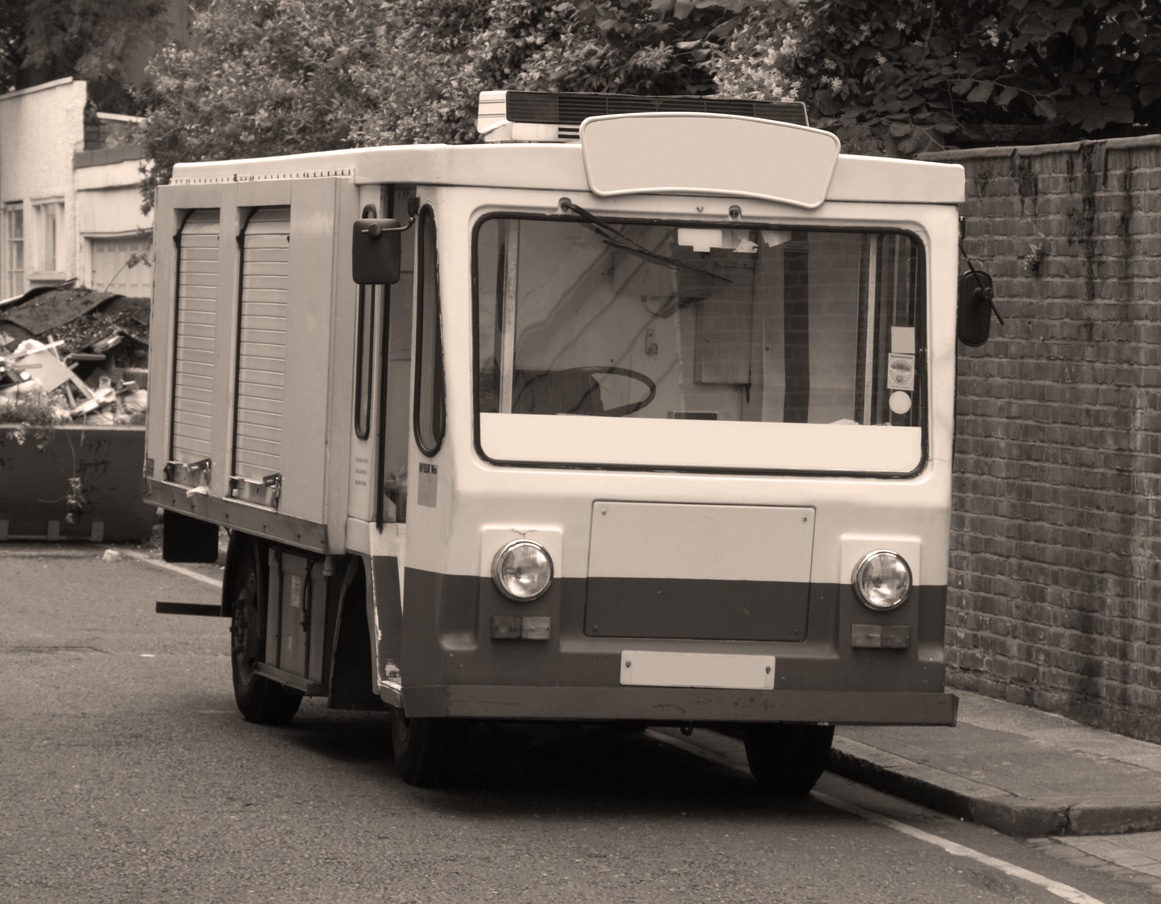It is amazing how often we can look back into the past and see many of the same, or similar challenges, that we experience today. Many things are cyclical, and many of today’s modern IT forecasting systems use complicated algorithms to analyse historical patterns and predict future ones. We took a look at a few of the top issues and their prevalence 50 or 100 years ago, with some surprising revelations!
Sustainable home delivery
Back as early as the 1950s, home delivery was conducted using electric vehicles; sustainable, quiet and designed for the purpose. By the 1970s, circa 99% of UK households received a daily delivery and they generally all received it in a slot that the consumer wanted! (Pre 7am). And it worked commercially… Today’s process knowledge and IT technology enables vastly optimised fulfilment capability and an enhanced customer experience, in a sustainable manner.
Sustainable autonomous automation
In the 1950s, Automated Guided Vehicles (AGVs) were being used to improve productivity in factories and operations. By the 1970s, this had expanded into full-scale production lines following overhead or in-floor wire guidance systems. Like then, the modern factory or warehouse still has a significant proportion of its cost coming from ‘material handling’, and its footprint dedicated to movement.
Warehouse design – adapting to the modern
Mass production was taking hold in the 1900s giving rise to a growing global commerce and multi-modal shipping. Huge factories required huge warehouses to store parts, components, materials and finished goods. The warehouses were designed to receive, store and dispatch By the 1960s, Automated Storage and Retrieval systems (AS/RS) were available, requiring a new design altogether. Today’s process knowledge and IT technology enables almost ‘automatic’ fulfilment centers designed around the customer requirement.
Inbound freight containerisation
Over 200 years ago in the 1800s, containerisation was being developed and used in the mining industry to transport coal. By the 1940s, the first steel containers with double doors and lifting rings were being used, but it wasn’t until the 1970s that international standardisation was adopted, with the benefits of stacking and dedicated ship design. Today’s container shipping and international freight is widespread, with real-time visibility and tracking thanks to a range of inbound management systems (IMS).
Logistics and supply chain networks
In the 1950s, logistics was a term most often used in the military; having the right supplies in the right place at the right time. It was critical. By the 1980s, physical distribution within businesses was starting to be termed as logistics, with increased recognition that it covered transport, inventory, storage and partner alliances. Today’s logistics operations are forefront to business success, linked directly with broader supply chain management and digital twins.
Whilst this is a more light-hearted look back on logistics over time, there is of course some serious learning and insight to be taken from this. The rate of development is fast today, but many of the pathways are familiar and we can identify risks, pitfalls and likely areas of success through a number of historical developments.
Our Whitepaper, Logistics 2025, takes a look towards the future and identifies a number of key themes that are important to executives today and tomorrow.







